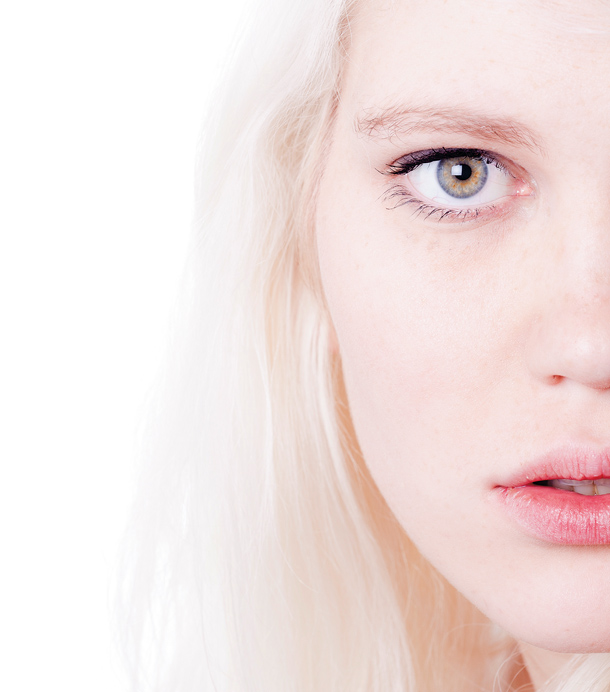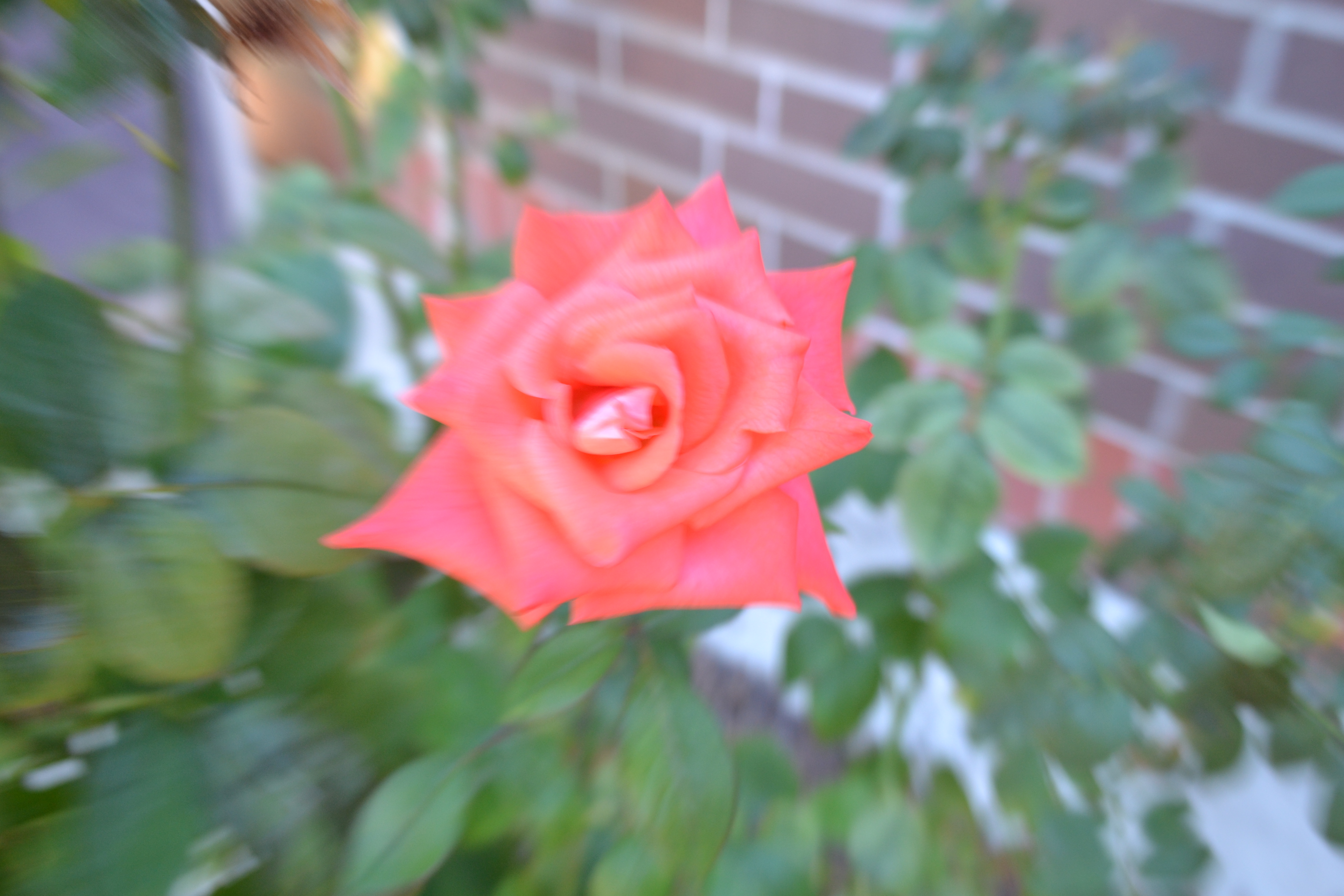Author Archives: rwong
30
Zoom
Random Light
Liquid Light
The process where you can apply the process to a surface of your own choice. Explained by Lloyd Godman
Always be careful when handling chemicals. Read the health and safety instructions.
 This is a silver-based sensitizer for applying on any surface, exposing by an enlarger, and processing in conventional chemistry. It is virtually the same emulsion found on ordinary photographic paper, but in a liquid form and can allow the emulsion to be coated on a wide range of surfaces.
This is a silver-based sensitizer for applying on any surface, exposing by an enlarger, and processing in conventional chemistry. It is virtually the same emulsion found on ordinary photographic paper, but in a liquid form and can allow the emulsion to be coated on a wide range of surfaces.
Speed and Contrast When freshly-made, liquid light is relatively slow and lacks full contrast. As it ages, it becomes faster and more contrasty. You can obtain maximum speed and contrast at any stages by adding a small quantity of working developer to the emulsion, as described below.
The emulsion can leave black stains on working surfaces and needs to cleaned up immediately.
1Safe Light Use a dark yellow, light amber or red safelight while coating but when emulsion is drying and for storage total darkness is recommended. At room temperature, liquid light is a solid gel and before use the bottle must be soaked in a container of hot water until it becomes a liquid at about 110 Deg F. It is not necessary to melt the entire contents if only a portion is to be used as the mixture is of a similar consistency throughout and in fact shaking the bottle will cause bubbles to form which can effect the application of the emulsion. Use containers and tools made only from plastic, rubber, enamel, stainless steel or glass. (Other metals such as plain steel or brass may contaminate the emulsion. Temperature and humidity in the darkroom should be moderate.
2Increasing density and sensitivity A small, precisely-measured amount of paper developer added to liquid light just before use will give maximum speed and contrast. Add exactly one part of working developer to 10 parts of liquid light. Example: Add 15ml of dektol, Neutol or equivalent diluted 1-2 (Not stock or concentrated solution) to 150ml of liquid light. Mix well, an coat this mixture during the same day. (Once coated and dried, material can be stored of an indefinite period).
3Applying liquid emulsion Use a brush, small sponge or a nap type paint applicator, by using a paint roller, spray gun, or by flowing on the emulsion and draining off the excess. At the same time, coat a few pieces of paper or file cards with the same mixture to serve as test strips to calculate the correct exposure. Like paint, too thin a coating of liquid light will show streaks and brush stokes. If an even coating is required, two thin coats will cover better than one and the second can be applied after the first has become tacky or dried. As you are applying the solution, remember to keep the emulsion warm in a water bath as it will begin to set again if it becomes cool.
4Exposure Liquid light can be exposed once it is dry by using an enlarger, contact printing, or by a slide projector. Liquid light is slower than normal enlargement papers and requires a longer exposure time. Suggested exposure for an 8×10 from a 35mm neg enlarged full frame is about 40sec @ f5.6. If using an enlarger for large works, you will need to reduce the amount of light projected on to the surface,and this can be done by tapping a piece of black stiff card over the front lens with a hole 1/8 inch diameter cut in the middle to act as a diaphragm that limits light out put and sharpens the image.
5Processing liquid emulsion – development For preparations on paper, develop like a normal print in a tray, or for other surfaces paint the developer on with a brush or sponge. A developer like Dektol or Neutol should be used diluted 1 part with 2 parts water. It is important that while the temperature of the developer is warm it is not above 70 deg F or 21 deg C. to avoid melting of the emulsion. For large surfaces where the developer must be applied to a portion of the print at a time, even out the development by first wetting the emulsion with cool water.
6Fixing Do not rinse with water or use a stop bath after developing. Use two consecutive identical hardening fixer baths. The first acts as a short stop; immerse for a few seconds to neutralize the developer. Next place in the second bath for 10 min or more until the chalky white pigment disappears, leaving the highlights completely transparent. (The second fixer should always be new and some agitation should be used).
7Washing Wash in the normal manner for at least 10 min in running water.
10 Tips
Pinhole
http://www.instructables.com/id/How-To-Make-A-Pinhole-Camera/
 5-28-09. Lunch at Pamela’s Diner, Pittsburgh. 12 second pinhole exposure.
5-28-09. Lunch at Pamela’s Diner, Pittsburgh. 12 second pinhole exposure.
Nancy Breslin is a Washington, DC based photographer who specializes in photographs taken with pinhole and plastic cameras. For some projects she works with alternative photographic processes or in video.
Chris Keeney Photography has been creating monthly features on pinhole photographers / artists from around the world since September of 2007. I like to feature artists that I feel celebrate the art of pinhole photography through their photos.

Photoshop Tutorial
9 Easy Steps to Creating a Powerful and Emotional Effect:
http://www.photoshoptutorials.ws/photoshop-tutorials/photo-effects/create-powerful-emotional-effect-portraits-9-easy-steps/
By darkening the picture and using the dodge tools in the correct places you create a dramatic effect fro the picture.
10 Photography Tips
Tip 1: Aperture Priority mode
- 50mm f/1.4 and 85mm f/1.2 lenses enable you to choose very large apertures for a shallow depth of field. This can help you create those creamy-smooth, out of focus backgrounds that give portraits a professional quality.
 Tip 2: High-key portraits
Tip 2: High-key portraits - Over-expose a photo to create a ‘high-key’ effect results in a light and delicate look that can enhance feminine portraits and pictures of children.
 Tip 3: HDR landscape photos
Tip 3: HDR landscape photos - HDR photography essentially involves taking a number of photos at different exposures and then blending the best bits of each exposure into a single image.
 Tip 4: Black and white landscapes
Tip 4: Black and white landscapes - If you want to take great black and white landscape photos, shoot in colour. By using your digital camera’s raw picture quality setting rather than JPEG, you’ll record a colour image that you can convert to black and white later in photo editing software such as Lightroom or Photoshop.

Tip 5: Manual focus
- Switch off autofocus when you’re taking macro photos. Depth of field (DOF) can be measured in millimetres when you’re shooting close-up details, so accurate focusing is critical.

Tip 6: Candids
- Unplanned pictures
Tip 7: Focus on the eyes
- While eye contact is not always desirable in a portrait, sharp eyes certainly are. Manually select an AF point that’s positioned over one of your model’s eyes, or use the central focus point to lock focus on their eye.
Tip 8: Posing group portraits
- When you’re arranging a group portrait, the first thing you’ll probably consider is height, putting taller people at the back and shorter people at the front.

Tip 9: Panning
- Panning is a technique where you move the camera and lens to follow a moving subject
Tip 10: Using forced perspective
Final
 Maripol is an artist, film producer, fashion designer and stylist who has had an influence on the looks of many influential artists, including Grace Jones, Deborah Harry andMadonna. Maripol is also a Polaroid artist photographer who has exhibited her photos in art galleries all over the world. Her photographic work is being collected by museums. In 2006, Maripol had a new book of her life’s photography published.
Maripol is an artist, film producer, fashion designer and stylist who has had an influence on the looks of many influential artists, including Grace Jones, Deborah Harry andMadonna. Maripol is also a Polaroid artist photographer who has exhibited her photos in art galleries all over the world. Her photographic work is being collected by museums. In 2006, Maripol had a new book of her life’s photography published.































